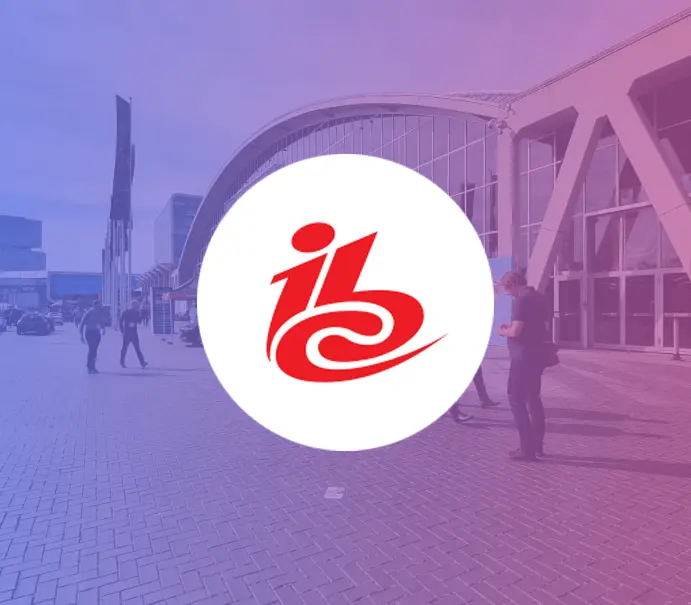The OTT market in India is rapidly growing and is projected to reach $13-15 billion by the end of the decade. With over 45 service providers currently in the market, it is important for your business to stand out and take a unique approach in order to be successful. This blog post offers a comprehensive guide on how to make your OTT platform the next big thing, whether it be the next Amazon Prime or Netflix, or even something better. If you’re ready to take the necessary steps to make your platform successful, let’s get started.

1. Create a strong content strategy
When you plan an event, you begin by drafting an outline. This not just saves time from unnecessary brainstorming but also paves a rough path that just needs to be perfected with time. Similarly, before investing in an OTT platform, you need to have the answers to some critical questions.
● Who is the target audience?
● Will the OTT platform be genre neutral or genre-specific?
● How often would you add new content?
● How much is the budget, and would it restrict the platform growth?
● Would the platform offer video-on-demand or original content?
Frame answers to these questions and then plan accordingly. Also, never forget that the content produced should always be user-centric.
2. Choose the best streaming genre
The genre of your OTT platform must revolve around the consumers and simultaneously meet your end goals. For instance – If your target audience involves science enthusiasts, creating an OTT model around sci-fi would make more sense than the horror genre. If you intend to create a platform with a neutral genre, you need to have a high frequency of content delivery to survive in the market. This ultimately boils down to having an efficient content strategy.
3. Target your audience
The Group of consumers more likely to be interested in your products and services comprises the target audience. Creating content and marketing strategy around your target audience maximizes your reach, engagement, and return on investment (ROI). This often makes them burn a reasonable amount of time, money, and resources on audiences who would otherwise never search for their products and services in the first place.
For instance, If your platform is based on Sci-Fi content, inviting science and tech geeks would make more sense than the horror-lovers. The latter would only be a waste of resources.

4. Analyze the user behaviour
Companies that revolve around the consumers stay longer in the game. Understanding how users interact with your product will help refine the strategies. The analysis report includes critical information such as the time spent by consumers, popular choices, customer retention rate, etc. Improving the platform based on this feedback adds a competitive edge and builds long-term trust with your visitors.
5. Offer a suitable subscription model
Capitalizing on the suitable subscription model ensures the viability of the OTT platform in the market. India mainly has two subscription models: the transactional model and the subscription-based one.
The transactional Model is when one creates the content and sells it for a one-time payment. The drawback of this model is that content providers need to add the latest content for subsequent sales.
Subscription-based Model is when consumers have to pay monthly, quarterly, or yearly fees to access your OTT platform. It is the most popular method of the subscription model. OTT platforms that follow this model must regularly release new and intriguing content to retain the subscriptions.
6. Offer excellent streaming features
According to selectra, 89% of the users stream videos through mobile devices. Whereas 58% through TV apps. The quality content must not be just limited to TV screens but all streaming devices. Adding features such as notifications about the data consumption, video quality, and the ability to resume from the last view enriches the viewing experience.
Keep the interface easy to navigate because nobody enjoys complex procedures when in the entertainment mood. Many users prefer watching documentaries and movies after downloading; enabling the offline storage feature in your OTT would benefit the consumers.
7. Implement an intelligent Marketing Strategy
In the present landscape, Digital Marketing has become as essential as the internet itself. According to reports, 82% of marketers actively use content marketing strategies. So, If you are new to marketing, learning a thing or two about it would be worth it.
Ever noticed the random notification from food delivery apps when you don’t use them for a couple of days? It is called a push notification, one of the brilliant marketing strategies to entice customers. However, one should be careful about sending the notifications at proper intervals; otherwise, the strategy can backfire, and you may lose your users.

In conclusion, building a profitable OTT platform in the present scenario makes more sense than ever. To establish a successful OTT platform, it’s essential to have a strong content strategy, choose the right streaming genre, target the right audience, analyze user behavior, offer a suitable subscription model, provide excellent streaming features, and implement an effective marketing strategy.
Ready to launch your own OTT platform? Let RGB Broadcasting be your technology partner and help you soar to success! Contact us for more details.



